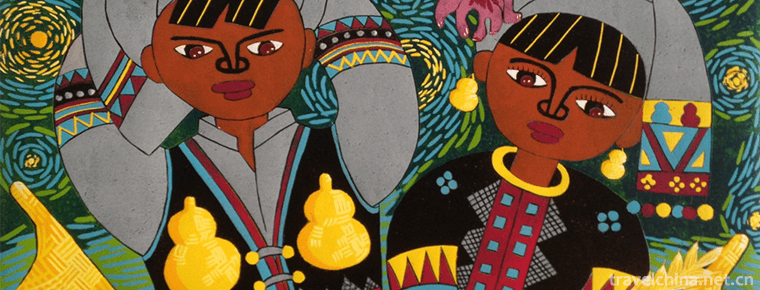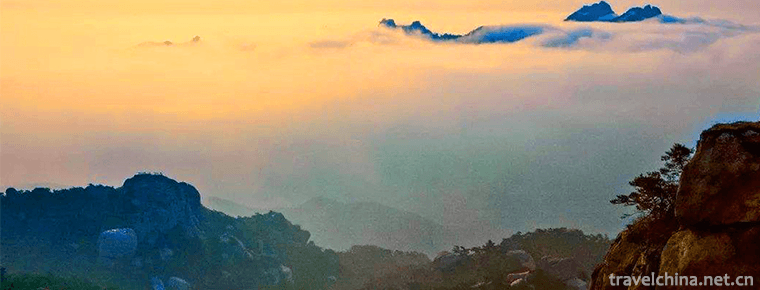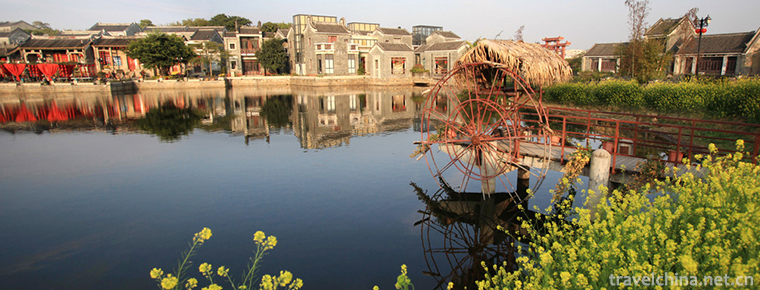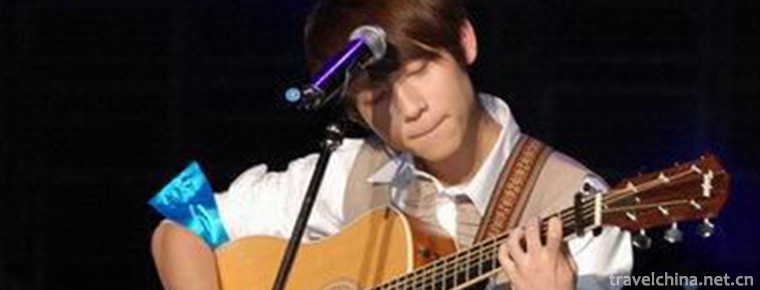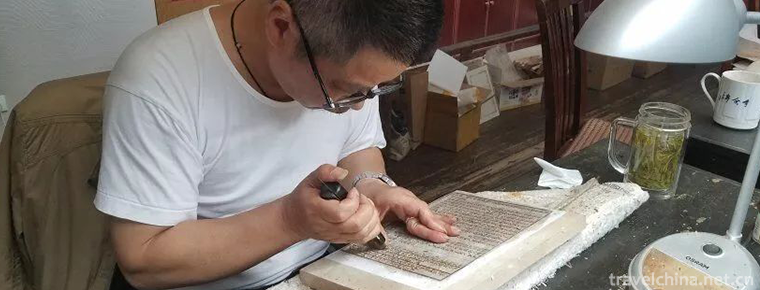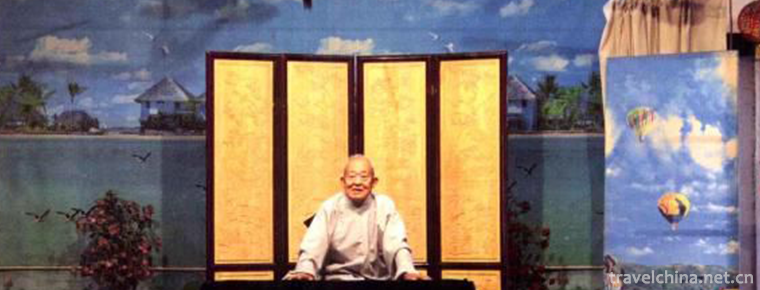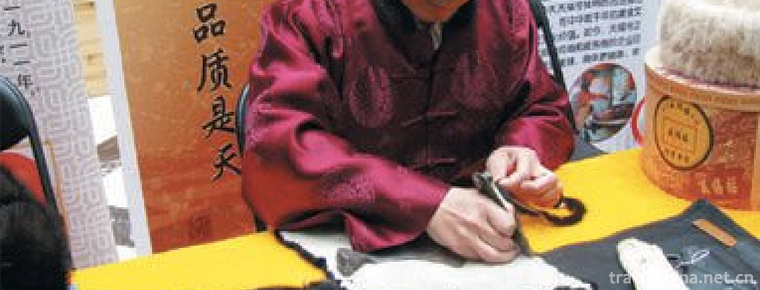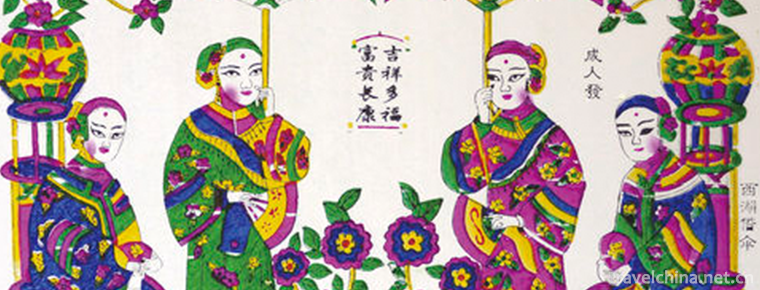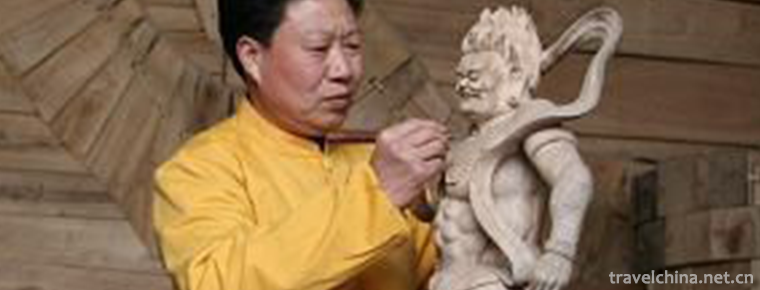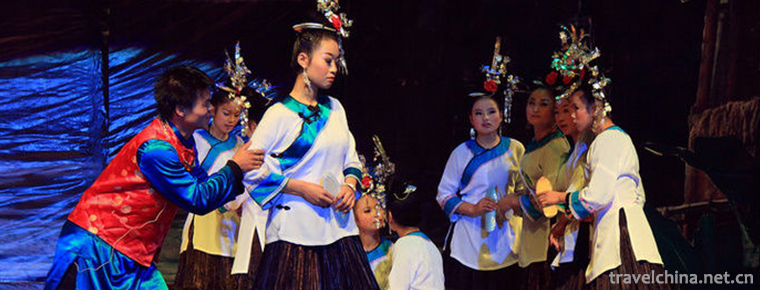memorial ceremony for Confucius
memorial ceremony for Confucius
The sacrifice to Confucius is a grand sacrifice ceremony held mainly in Confucian temples for the sake of revering and remembering Confucius, which is a miracle in the history of world sacrifice and human culture festival.
The ceremony of sacrificing Confucius is a large-scale temple music and dance activity dedicated to Confucius in Qufu, Shandong Province. It is also called "Ding Sacrifice Music and Dance" or "Dacheng Music and Dance". It is a comprehensive artistic performance form that integrates music, song, dance and ritual. It is held every year on August 27, the lunar calendar, when Confucius was born. The ceremony of sacrificing Confucius usually lasts from September 26 to October 10 every year. Since Qufu Gong offered sacrifices to Confucius in 2004, it has been the 12th sacrifice to Confucius in 2015.
On May 20, 2006, the ceremony declared by Qufu City, Shandong Province, was approved by the State Council and listed in the first batch of national intangible cultural heritage list. In November 2011, Li Wenguang was selected as the representative successor of the provincial intangible cultural heritage project for the ceremony of Confucius.
Forming the headstream
The sacrificial ceremony to Confucius is a grand sacrificial ceremony held mainly in Confucian temples for the sake of revering and remembering the most saintly ancestor of the Chinese nation. It has never stopped for more than two thousand years. In ancient times, the sacrificial ceremony to Confucius was called the "Grand National Ceremony" and became a miracle in the history of world sacrificial history and human cultural festival.
The activities of sacrificing Confucius can be traced back to 478 B.C. The second year after Confucius died, Gong Ai of Lu turned Confucius'former residence into Shoutang to sacrifice Confucius, and the former residence of Confucius became the first Confucius temple in the world.
Liu Bang, the great ancestor of the Han Dynasty, passed through Lu and offered sacrifices to Confucius with "Tailao", which was the first sacrifice to Confucius by emperors of all dynasties. After Emperor Wudi of Han Dynasty deposed hundreds of schools and solely respected Confucianism, Confucian temples were built in succession in various places. To the grand occasion of Confucian temples in Zhixian County, Confucian temples gradually evolved into feudal ritual temples offering sacrifices to Confucius.
Since the Emperor Xuanzong of Tang Dynasty sealed Confucius as "King Wenxuan" in 739, the activities of offering sacrifices to Confucius began to upgrade. After the Song Dynasty, the sacrificial system rose steadily, the Ming Dynasty had reached the imperial specifications, and by the Qing Dynasty, the sacrificial ceremony to Confucius was grand and grand, reaching its peak. In the Qing Dynasty, Emperor Qianlong visited Confucius eight times in person.
Since the seventeenth century, many ritual Confucian temples have been built in China's neighboring countries such as Vietnam, Korea, Japan and other countries and regions. Since the 18th century, with the spread of Confucianism and the migration of Chinese, many Confucian temples have appeared in other countries in Europe, America and Asia. In its heyday, there were more than 3,000 Confucian temples in the world, including more than 2,000 ritual temples, which were the most ritual temples in the world.
The government of the Republic of China explicitly ordered that the procedure and etiquette of sacrificing Confucius in the whole country be greatly changed. The sacrifice of a noble was replaced by a wreath, the classical sacrificial dress was replaced by a gown and a jacket, and the kneeling worship was replaced by a bow. In 1986, after half a century of silence, the ceremony of sacrificing Confucius was excavated and sorted out by Qufu's cultural department, which was reproduced at the opening ceremony of "Confucius'Hometown Tour". In 2004, the ceremony of sacrificing Confucius was changed from family sacrifice to government public sacrifice.
Scale of activities
The ceremony of offering sacrifices to Confucius is called "Shi Bian Li". Shi and Dian all have the meaning of display and presentation. They refer to the display of music, dance, offering sacrifices such as livestock and wine in the sacrifices. They show respect for Confucius. The main places where the emperors of Yuan, Ming and Qing dynasties held national memorials for Confucius are Confucius Temple in Beijing.
With the compliments and enclosures of emperors in past dynasties, the ritual ceremonies are becoming more and more grand and magnificent, and ceremonial instruments, musical instruments, movements and dance scores are mostly issued by the emperor. Emperors in past dynasties visited the main sacrifices, sent officials to offer sacrifices on behalf of others, or worshipped on the sidewalk, totaling 196 times.
At first, Confucius was sacrificed only once a year in autumn, and then twice in spring and autumn. Later, people held a big sacrifice on August 27 of the lunar calendar (traditionally the birthday of Confucius). The ceremony of sacrificing Confucius on this day is solemn. Even students studying in private schools and in schools should take one to three days off to show their respect. Those who attended the sacrifice were initially confined to the immediate descendants of Confucius. After the sacrifice to Confucius was regarded as the national ceremonies, "family sacrifice" continued as usual. State sacrifices are mostly offered by ministers, local officials designated by the emperor or the Emperor himself to the Temple of Confucius in Queli.
historical significance
The ceremony of sacrifice to Confucius embodies Confucian ideology and culture with music and dance. It embodies the high unity of artistic form and political content. It vividly explains the meaning of "ritual" in Confucius'theory, expresses the ideas of "benevolent people love people" and "establishing people by ritual". It has strong ideological affinity, spiritual cohesion and artistic appeal, and is helpful to the promotion of excellent traditional culture, construction and harmony. The music atmosphere, the construction of a harmonious society and the cohesion of national spirit play an irreplaceable role in society.
The sacrificial ceremony for Confucius in the new historical period will not only become an effective way and way for the outstanding groups of the Chinese nation to collectively remember the saints, inherit the fine traditions, carry forward the Chinese virtues, improve the national quality, strengthen national cohesion, enhance national self-confidence, inspire the national spirit, encourage Kunming to forge ahead after Kunming, promote world harmony and promote human civilization, but also in the history of Chinese culture and the world. The history of sacrifice and human civilization has left a deep impression.
The value, spirit and wisdom of Confucius, the sage of the East and the Confucian culture he advocated, will also be carried forward for the benefit of China for thousands of generations and be glorified by the world.
Protection status
In 1984, after many years of silence, the "Tour to Confucius'Hometown" was held in Qufu, and the performance of the ceremony of sacrificing Confucius appeared before people's eyes. At that time, Li Wenguang became one of the top eight dancers in Dacheng Hall. Nearly 30 years of persistence, Confucius Festival has become a national intangible cultural heritage. As a successor, Li Wenguang has assumed the important task of inheriting Confucius Festival.
On May 20, 2006, the folklore was approved by the State Council and listed in the first batch of national intangible cultural heritage list.
In 2014, Confucius Festival was published. The book is divided into chapters such as the significance of sacrificing Confucius, the historical origin of sacrificing Confucius, the grand occasion of sacrificing Confucius in recent years in Confucius temples at home and abroad, the cultural interpretation of sacrificing Confucius music and dance, and the appreciation of sacrificial works in past dynasties. It not only summarizes the history of sacrificing Confucius in past dynasties in China, excavates its profound cultural connotation, but
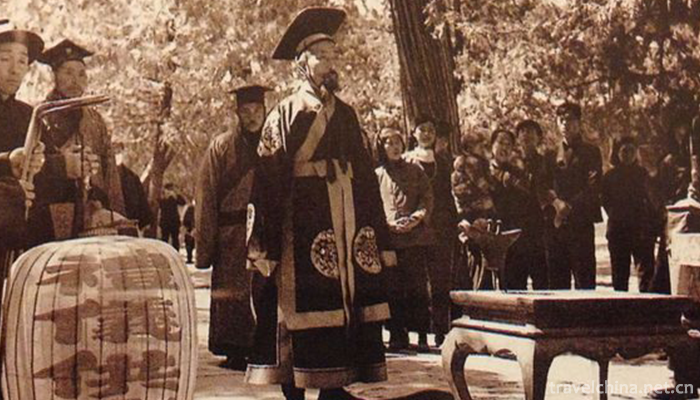
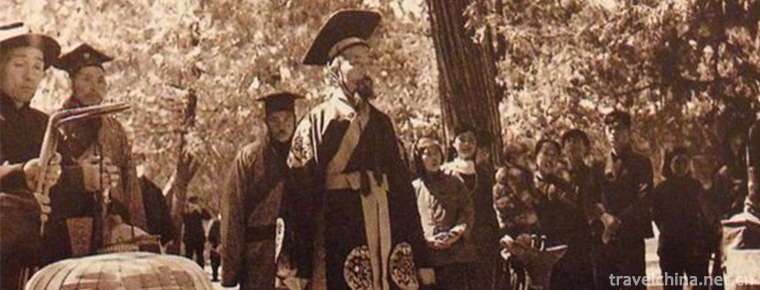
memorial ceremony for Confucius
-
Karajun Scenic Area
Karajun is Kazakh, meaning "the wilderness on the ridge". Karajun Mountain is a stretch of mountains from east to west. On both sides of it are hills with ravines and combs
Views: 215 Time 2018-12-12 -
Mupa Mipa
Mupa Mipa, a local traditional folk literature in Simao City, Yunnan Province, is one of the national intangible cultural heritage.
Views: 373 Time 2018-12-15 -
Wulian Mountain Scenic Area
Wulian Mountain Scenic Area covers a total area of 68 square kilometers and is a national AAAA-level tourist area. It is composed of Wulian Mountain and Jiuxian Mountain
Views: 192 Time 2018-12-22 -
Lingnan Impression
Lingnan Impression Park is located in the south of Guangzhou University Town (Xiaoguwei Island). It covers an area of 16.5 hectares. It is a tourist attraction that gathers sightseeing
Views: 450 Time 2019-02-03 -
play and sing at the same time
To play and sing is to accompany with instruments and sing by oneself. Generally, guitar, piano and so on. In China, there are also folk instruments such as three strings and pipa.
Views: 226 Time 2019-04-25 -
Engraving Printing Skills
Engraving printing technology, Yangzhou City, Jiangsu Province, local traditional handicraft, one of the national intangible cultural heritage.
Views: 409 Time 2019-04-27 -
Pudong Storytelling
Pudong storytelling, also known as cymbal books, Shanghai books, peasant books and so on. Pudong pays equal attention to both storytelling and singing, pays attention to plot, and has a fast rhythm. T
Views: 134 Time 2019-06-09 -
Making Skills of Sheng Xifu Leather Cap
Shengxifu leather cap production skills need to go through the whole process from matching, picking, blowing, brushing, flat leather, shaving, hand needle sewing to machine sewing, and finally complet
Views: 151 Time 2019-06-14 -
Beach Head Wood Engraving New Year Pictures
Tantou woodcut New Year's picture is the only handmade woodcut watermarking New Year's picture in Hunan Province. It has its own style with strong local characteristics in southern Chu. Tantou Town is
Views: 318 Time 2019-06-18 -
Skills of Dry Lacquer and Ramie in Tiantai Mountains
As early as the Eastern Jin Dynasty, dry lacquer and ramie had been used in Tiantai folk. Through the continuous efforts of the substitute craftsmen, their skills gradually matured. In the mid-Tang Dy
Views: 216 Time 2019-06-21 -
Zhulang Niangmei
Zhulang Niangmei is a work of Dong Opera in Guizhou Province. At the end of the Qing Dynasty, Liang Yaoting and Liang Shaohua, Dong opera masters in Congjiang County, Guizhou Province, adapted Dong dr
Views: 151 Time 2019-08-10 -
Catering and shopping in Chengdu Giant Panda Base
Chengdu Research Base of giant panda breeding has four souvenir shops: "original fashion gift shop of giant panda sun delivery room", "gift shop of giant panda cub playground", "museum gift shop" and "charm theater gift house". The wooden house structure and
Views: 126 Time 2020-12-13

